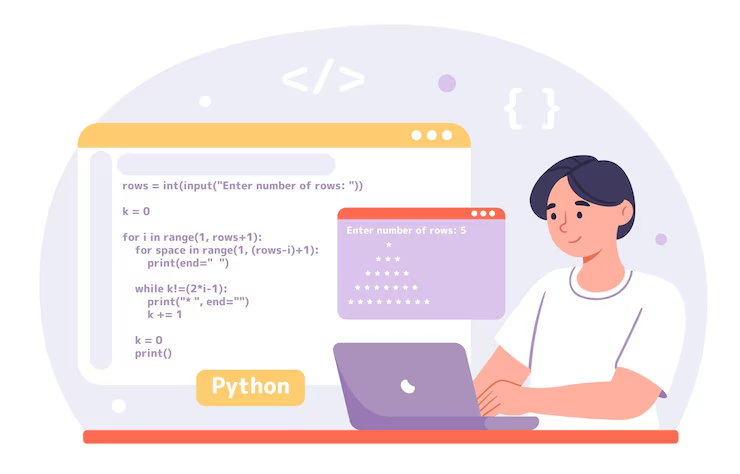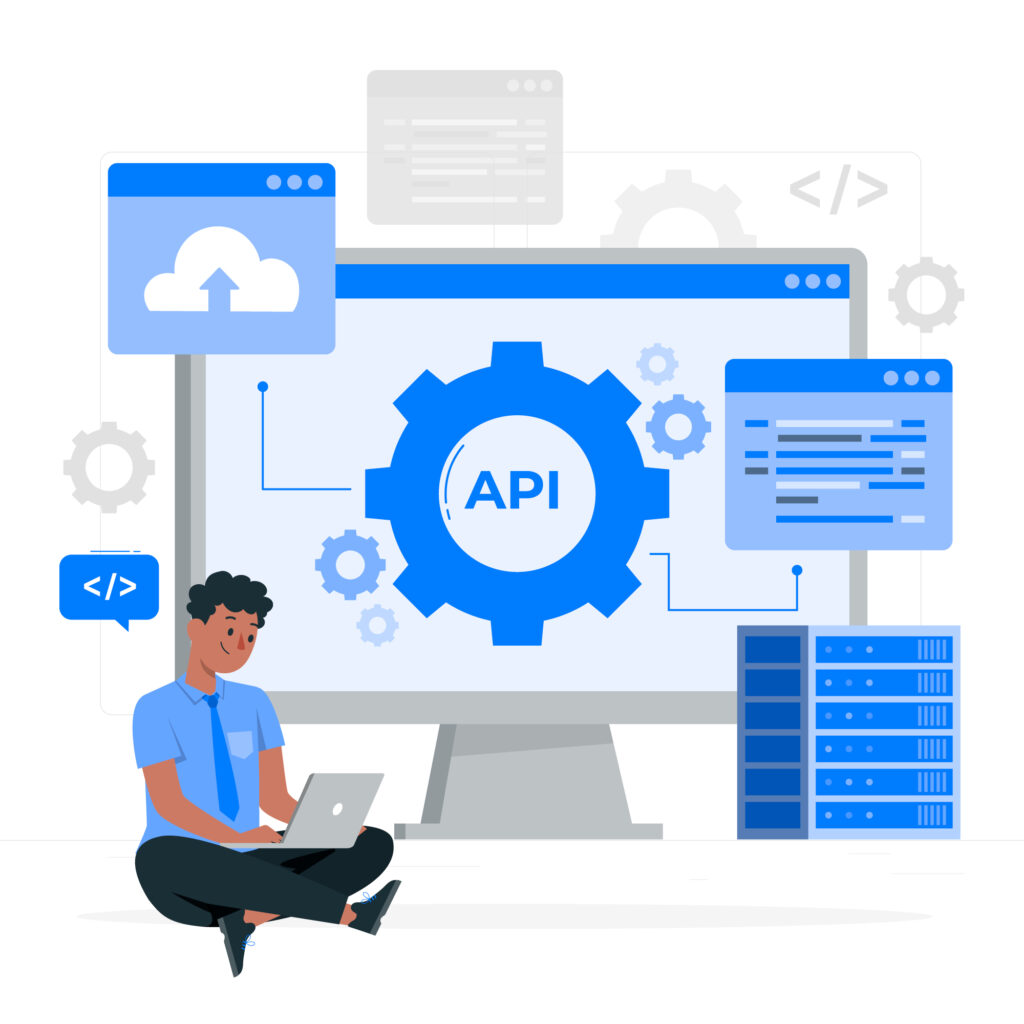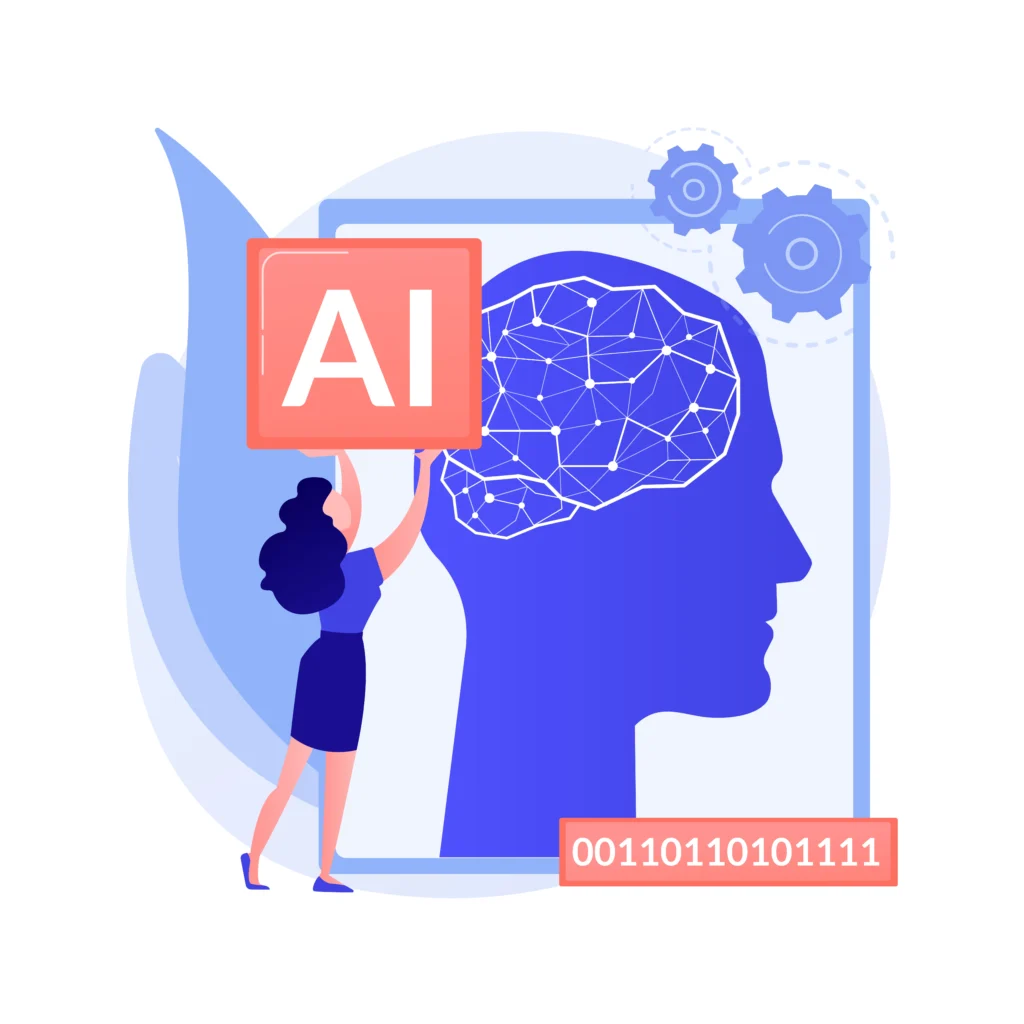Python remains to be the undisputed king of programming languages around the globe as far as machine learning and AI are concerned. With an easy-to-follow syntax, immense ecosystem, and massive community base, Python libraries remain the foundation on which many ML frameworks and libraries are built. Scalability, production-readiness, multimodal learning, and usability is becoming increasingly significant to machine learning practitioners by 2025. This blog discusses the top Python libraries that are defining and dominating the world of machine learning this year.

What is Python Libraries
Python libraries are the most popular, powerful, and widely used collections of pre-written code that help developers perform specific tasks more easily and efficiently. These libraries save time and effort by handling common functionality like data manipulation, machine learning, web development, or automation so you don’t have to build everything in from scratch.
1. TensorFlow
Google Brain’s TensorFlow has emerged as the standard open-source deep learning and machine learning Python library. The ecosystem is extensive providing the abilities to build and deploy scalable ML models.
- Flexibility in handling tasks such as neural network building, image classification, and natural language processing (NLP).
- TensorFlow Extended (TFX) provides an end-to-end system for ML pipeline deployment.
- “Keras, as a leading integration tool, has enabled users to leverage deep learning more effectively through its high-level effectively through its high-level API”.
- On CPUs and GPUs able to scale for big data.
2. PyTorch
TensorFlow, which was recently developed by Google Brain, is a robust open-source top Python library that is widely used both in academia and industry. Known for its scalability and robust ecosystem, TensorFlow supports everything from quick prototyping to large-scale production deployments, making it a go-to choice for deep learning applications across the various platforms.
- Dynamic computation graphs allow on-the-fly network modifications.
- TorchServe simplifies the deployment of PyTorch models.
- Wide community support, plus pre-trained models combined with tutorials.
3. Keras
Keras has become a strong high-level API for neural networks and currently capable of supporting several backends such as TensorFlow, JAX, and PyTorch. Its ease of use has grown it into a staple tool for prototyping and experimentation quickly.
- Supports fast experimentation and prototyping.
- Seamless integration with TensorFlow backend.
- Now supports multiple backends, enhancing flexibility.

4. JAX
The high-performance numerical computing library JAX, built by Google, is beginning to take off in research contexts. JAX utilizes a NumPy-like syntax, as well as automatic differentiation and taking advantage of the power of GPUs and TPUs.
- Automatic differentiation for native Python libraries and NumPy functions.
- Just-In-Time (JIT) compilation for optimized performance.
- Vectorization and parallelization capabilities.
- Seamless integration with existing ML frameworks.
5. Hugging Face Transformers
Hugging Face’s Transformers library has transformed NLP through making pre-trained models and fine-tuning tools available with easy access. Its rich model hub and community backing render it essential for NLP applications.
- Simplifies customization of models for specific tasks.
- Compatible with both TensorFlow and PyTorch.
- Extensive documentation and community support.
6. LightGBM
LightGBM is an open source gradient boosting framework created by Microsoft designed for scalability and performance. Thus it is mainly designed for and efficient at ranking and classification, and other machine learning applications on big data sets.
- Built-in support for distributed training and hardware acceleration like GPUs and TPUs.
- Advanced features like AutoML and model quantization for optimized deployment.
- Flexible language support including top Python libraries, JavaScript, and C++ to fit into different development workflows.
7. CatBoost
CatBoost is a gradient boosting library that was built by Yandex and does a good job of handling categorical features. Cat Boosts performance and simplicity make it a strong contender for a variety of machine learning tasks.
- Native support for categorical features without preprocessing.
- Robust against overfitting.
- Efficient processing and fast training.
- Support for multiple platforms and languages.
8. Scikit-learn
Scikit-learn remains necessary for classic machine learning tasks. Its simplicity and comprehensive suite of algorithms make it ideal for both beginners and experienced practitioners.
- Large set of algorithms for classification, regression, clustering, etc.
- Model selection tools, evaluation tools, and pre-processing tools.
- Seamless integration with other top Python libraries packages, matplotlib and seaborn.
- Good documentation and community support.
9. XGBoost
XGBoost is also known to be very efficient and faster in structured data situations. It is now a favorite with machine learning competitions and also with day-to-day applications since it is generally accurate and efficient. It is an implementation of gradient boosting algorithms with great performance.
- Support for parallel and distributed computing.
- Flexibility and interpretability of models.
- Compatibility with various programming languages
10. FastAI
FastAI, developed on top of PyTorch, seeks to democratize deep learning. With its high-level abstractions and emphasis on best practices, rapid development of the state-of-the-art models becomes possible.
- Simplifies complex deep learning tasks.
- Provides pre-trained models and transfer learning capabilities.
- Active community and extensive resources.
- Focus on practical applications and real-world problems.
Why Python is Preferred for Machine Learning
Reasons Why Python is Chosen over Alternatives for Machine Learning, Python libraries is leading the pack in machine learning for a whole host of reasons. It is built in a manner that absolutely aligns with what data scientists want today. Let’s delve into why Python libraries continue to be the champion in the world of AI and ML for professionals and hobbyists alike.

Simplicity and Readability
Python’s beauty is in its simplicity. Its code is simple and easy to read, like English used in everyday life, which makes it suitable for new learners and effective for experienced developers. This simplicity enables developers to concentrate on machine learning problem-solving without struggling with complex code structures. Additionally, Python libraries readability makes collaboration between teams easier, since code can be easily read and edited by other people, leading to smoother project handovers and maintenance.
Robust Community Support
Python’s community is like a lively, continuously expanding neighborhood in which all are willing to give a helping hand. Whether debugging a recalcitrant block of code or trying to learn new machine learning methods, there’s a treasure trove of forums, tutorials, and collaborative websites standing by to offer help. Such communal ethos not only makes troubleshooting more accessible but also powers relentless innovation, with shared knowledge providing smarter, more effective solutions to everyone.
Rich Ecosystem of ML and Data Libraries
Python’s rich set of libraries is akin to a fully equipped toolbox for anyone entering the realm of machine learning and data analysis. Be it tidying up messy datasets with Pandas, numerical computations with NumPy, or predictive modeling with Scikit-learn, there’s a library to suit your purpose. Deep learning aficionados have TensorFlow and PyTorch as robust frameworks to design complex neural networks. This fertile environment lets you spend more time on fixing practical issues and less time on reinventing the wheel, which makes top Python libraries a valuable companion on the data science adventure.
Platform Independence and Flexibility
Python’s flexibility is one of its most notable aspects. On Windows, macOS, or Linux, Python makes your code act consistently across the platforms. This cross-platform availability allows you to create your application once and execute it anywhere without having to make major adjustments. Such flexibility is priceless for developers who want to target a wide audience without wasting time on platform-specific troubles. Moreover, Python’s rich set of standard libraries and friendly community also simplify the development process to make it an ideal choice for flexible and efficient programming.
Easy Rapid Prototyping
The design principles of top Python libraries stress simplicity and readability, which are qualities that lend themselves well to rapid prototyping is machine learning. Its simple syntax enables programmers to rapidly take ideas and convert them into working code, with easy iteration testing and experimentation. Such flexibility is highly useful in adaptive environments where hypotheses must be tested and tweaked rapidly. Additionally, Python’s large collection of libraries and frameworks, including PyCaret and RapidML, even more speed up the prototyping process by offering pre-existing modules for frequent tasks. This synergy of ease and strong tools allows developers to concentrate more on creativity instead of being bogged down by intricate coding issues.
Compatibility with Web Development Tools and Frameworks
JavaScript is a team player, especially when paired with top web development frameworks like React and Node.js. It makes it a breeze to combine different tools, letting you craft dynamic websites and apps like you’re assembling a digital masterpiece. It’s all about smooth integration, and with JavaScript, everything just fits together naturally.
Conclusion
The landscape of Python libraries for machine learning in 2025 is more powerful than ever, packed with top Python libraries that cater to everyone from beginners to seasoned AI researchers. With tools like TensorFlow, Scikit-learn, Pandas, and Hugging Face in your toolkit, you’re never short on options. Knowing which tool to reach for and when can be the difference between a decent model and a truly optimized one. Keep learning, keep experimenting, and let the ecosystem work for you.